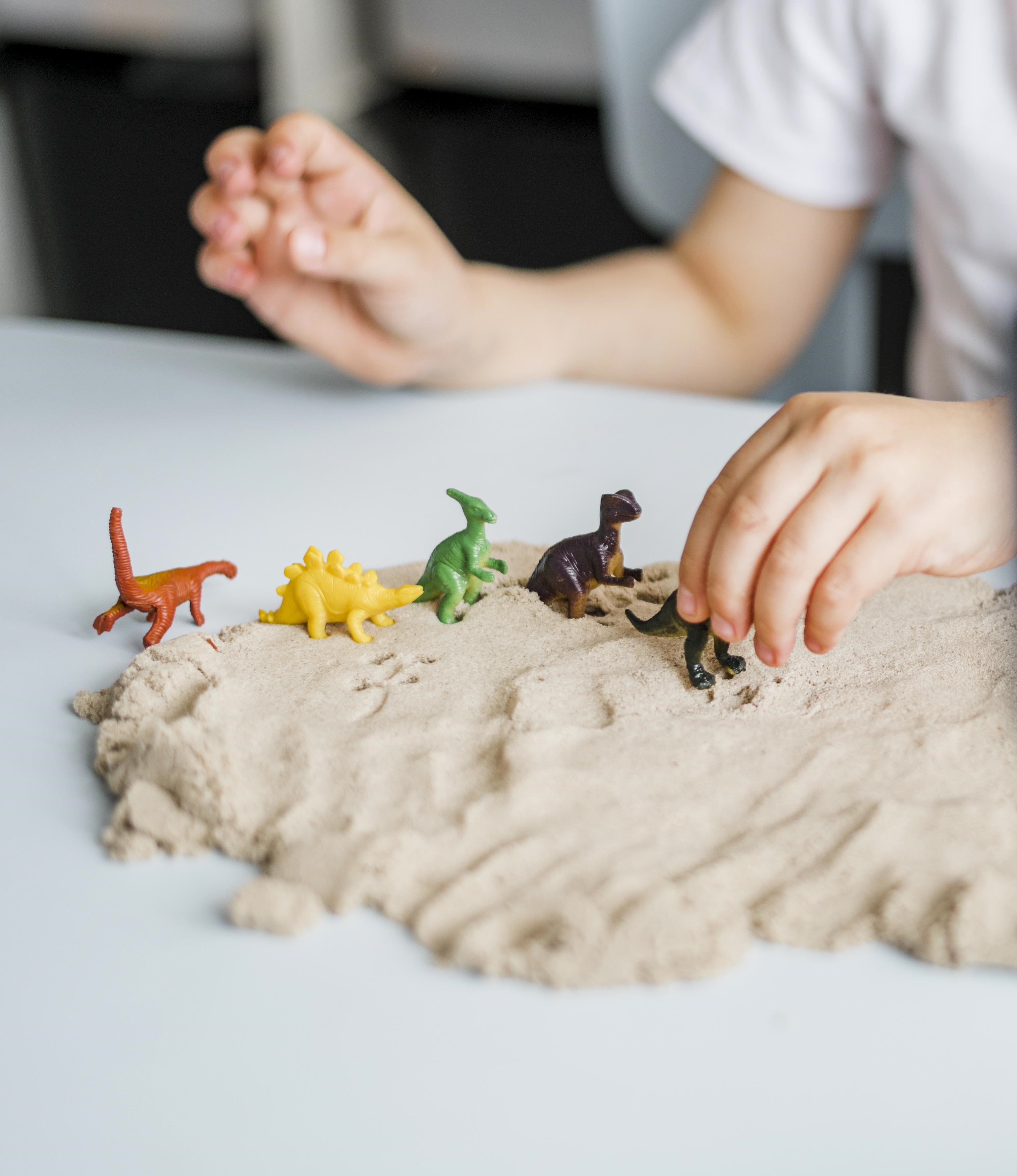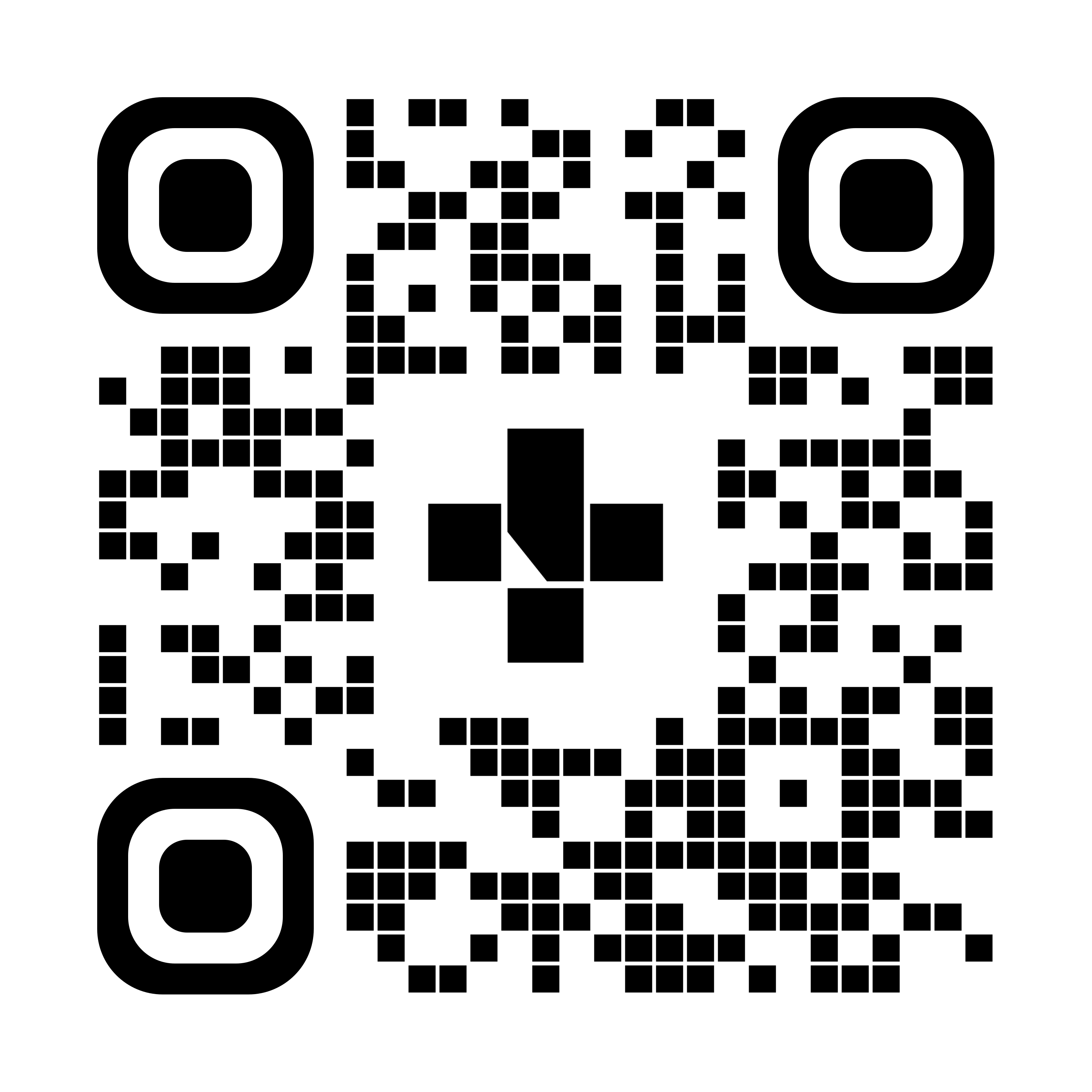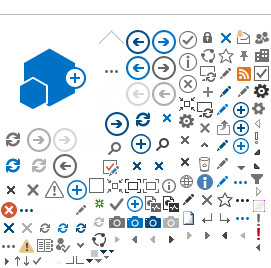Fine Motor Development
3 years

Photo credit: Freepik.com
Your child is using fine motor skills in their imaginative play and becoming more independent with daily living skills. They may discover drawing, creating with Play-Doh and building with construction toys. They explore different ways of holding and moving objects of different shapes, sizes, and weight for play and everyday activities.
Your 3-year-old
During some activities, your child is starting to use 1 hand as the “doing” hand while the other hand helps. For example, 1 hand stirs with a spoon while the other hand holds the bowl. It’s common for your child to switch “doing” hands during activities. They use their fingers more as they learn to open containers, undo zippers, or do crafts. Even at this age, your child is building the foundation for future skills like printing. They’re learning to control drawing tools, like crayons on paper or popsicle sticks in the sand, to form lines and circles. They may copy your actions and start to add them into play as they pretend to cook, feed dolls, fix cars, or care for toy pets. At this age, your child is learning to use their hands and fingers for more daily living skills. For example, to remove clothes, fasten large buttons, and brush their teeth. Your child still eats with their fingers and they’re becoming more skilled at scooping with a spoon and stabbing food with a fork.
Everyday play and practice
Encourage your child to play on upright surfaces to strengthen their arm and hand muscles. For example, on walls, easels, or the refrigerator. They can also stand to play at chest-height surfaces, like a table, or kneel at a coffee table.
Offer objects and toys your child can hold with their fingers for creative play:
- craft stamps, Q-tips, and cotton balls
- small animal figures to stomp, walk, or push through Play-Doh, paint, or shaving foam
- small cars, popsicle sticks, and spoons to draw in the sand or snow
- build with Play-Doh or blocks, or play in the sandbox
Copying what you do around the home also helps your child’s fine motor skills. They can pretend to cook, feed, and dress dolls or stuffies.
When possible, remember to practice daily living skills:
- Offer a spoon and fork to eat and an open cup for drinking.
- Your child can probably remove all their clothes. Encourage them to put on easy, loose clothes, like pants and pyjamas. They’ll need help to put on shirts and to use zippers or buttons.
- Encourage your child to practice using a toothbrush, hairbrush, or comb. They’ll still need help to be thorough.
- Your child can help around the house with tasks like putting their toys and books away or putting clothes into a laundry bin.
Help build your child’s fine motor skills
Think about:
- What upright surfaces they can use to play on.
- What small objects they can draw with.
- The best time for them to practice dressing skills.
Be safe
- Keep your child safe from falls.
- Avoid choking hazards, like small objects or toys, with parts that can easily break or fall off.
- Make sure toys and objects are made with safe materials and can be cleaned, washed, or wiped.
When should you call for help?
Your child may need more support if they’ve had lots of practice and still:
- don’t hold small objects with their fingers
- can’t remove simple clothing
- can’t use a spoon or drink from an open cup
- hold a crayon in their fist
- can’t draw lines or a circle
For more information or help with fine motor struggles, contact:
- Health Link at 811
- An occupational therapist at your local pediatric community rehabilitation service
- Your doctor, public health nurse, or other healthcare provider
Resources
To see this information online and learn more, visit MyHealth.Alberta.ca/health/aftercareinformation/pages/conditions.aspx?hwid=custom.ab_fine_motor_dev_3_years_inst.

For 24/7 nurse advice and general health information call Health Link at 811.
Current as of: August 19, 2025
Author: Pediatric Rehabilitation Services, Alberta Health Services
This material is not a substitute for the advice of a qualified health professional. This material is intended for general information only and is provided on an "as is", "where is" basis. Although reasonable efforts were made to confirm the accuracy of the information, Alberta Health Services does not make any representation or warranty, express, implied or statutory, as to the accuracy, reliability, completeness, applicability or fitness for a particular purpose of such information. Alberta Health Services expressly disclaims all liability for the use of these materials, and for any claims, actions, demands or suits arising from such use.
